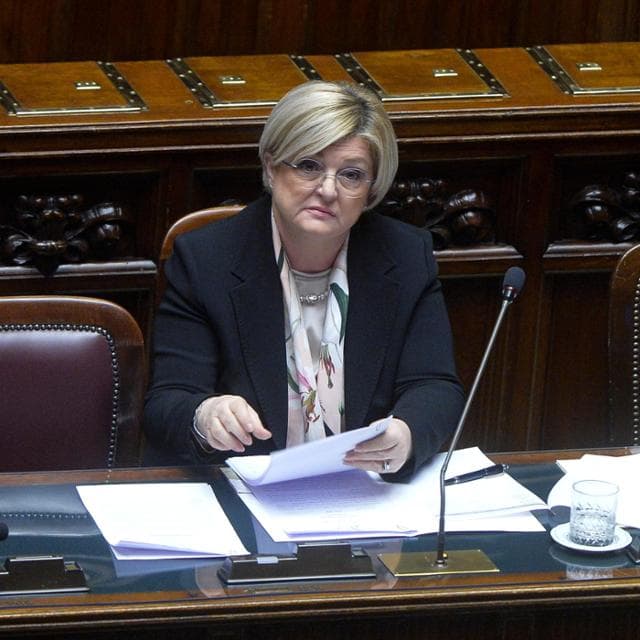Half a million families are excluded from inclusion allowance. The government is taking action and changing the requirements
by Valentina Conte
Business

MILAN – The current accounts are a little lighter, but the securities dossiers are richer in government bonds. It’s the photo taken by Fabiof the Italian Banking Union, which shows a growth in family financial assets in 2023, with a jump from 552 billion to 5,216 billion compared to pre-Covid figures in 2019.
Last year, bank deposits dried up by 61 billion. In just nine months, between stocks, bonds and mutual funds, Italian families have accumulated over 144 billion more in savings, with a growth that – compared to 2022 – is almost 45% for bonds, 1.69% for mutual funds and 1.35% lies. for the stock sector.
by Valentina Conte

The amount of our country’s national debt in private hands, both families and businesses, is growing.
In fact, the share of BOTs and BTPs held by small savers and companies has more than doubled in the last two years, and there is a noticeable acceleration in 2023.
by Rosaria Amato


In December 2021, when debt reached 2,572 billion, the retail market had 6.4% of bonds issued by the Treasury in circulation, that is, 142 billion out of 2,234 billion in total securities and 2,678 billion in total debt. At the end of 2022, when debts reached 2,757 billion, a first jump: the share of government bonds in the hands of families had risen to 8.7% (199 billion from 2,280).
billions in securities). But it was only in the first eleven months of last year between BTP Italia and BTP Valore that the rush by families and companies to buy government debt became increasingly stronger: in November (last available data, when the debt had reached 2,855 billion) private individuals owned 13, 5% of BOTs and BTPs, i.e. 320 billion of the total 2,378 billion in government issues.
The analysis highlights that in the same two-year reporting period, Italian debt in foreign investors’ portfolios increased from 685 billion in 2021 to 658 billion in 2023, with the share falling from 30.7% to 27.3%. It is said that the success of the national debt was promoted on the one hand by inflation, and on the other hand by the poor interest rates on deposits and checking accounts by the banks. A negative mix that pushed account holders to shift their liquidity and savings into more profitable forms of investment that could still ensure security and reliability.